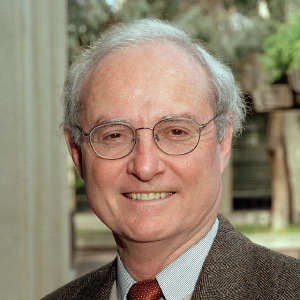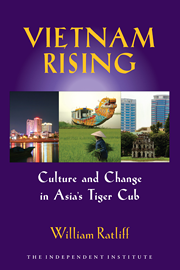Cuba survived a decade of economic crisis in the 1990s after the collapse of its Cold War support network, the Soviet bloc. Now the Maximum Leader is building a new network, stretching from Caracas to the People’s Republic of China (PRC), that he thinks will get him through his economic foolishness in the years ahead.
Fidel’s affair with Venezuela’s volatile President Hugo Chavez is a match made in Castroite heaven, but the relationship with China is more complicated. Why is the enormous Middle Kingdom, with its explosively growing economy, interested in an ancient dictator on a tiny Caribbean island who is mindlessly bound to failed statist economic policies? And vice versa?
In 1960, Cuba was the first Latin American country to recognize the PRC. Still, relations were often hostile for several decades because only the Soviet bloc could provide both sufficient economic aid to sustain Castro’s always-failing economy and a military shield against his chosen enemy, the United States.
With the lapse in the Sino-Soviet dispute in the 1980s, Sino-Cuba relations began to improve. In June 1989, the rapprochement fast-tracked when Cuba strongly endorsed Chinese repression at Tiananmen.
Today Sino-Cuba links fall into three broad categories: political, economic and strategic. Cuba benefits most from China’s often overlapping political and economic support, while China wins most from obtaining intelligence on the U.S. through the Cuban government.
Fidel and Raul Castro, and most other top Cuban leaders, have visited China one or more times. Two Chinese presidents, most recently Hu Jintao, in November 2004, and many other top Chinese leaders, have visited Cuba. Besides pro forma calls for world peace and development, the two governments support each other on such issues as condemning the U.S. embargo of Cuba and supporting China’s 2005 anti-secession law aimed at Taiwan.
Economically, Beijing is a pragmatic, quid pro quo ally. While China looks to eventually receive significant quantities of nickel from Cuba, in general Cuban exports to China are insignificant. But China is Cuba’s third largest trading partner, behind only Venezuela and Spain. In varying degrees, China supports Cuban education, oil exploration, nickel mining, technological development and transportation infrastructure.
Looking beyond Fidel, Raul Castro, the heir apparent, and many other current Cuban leaders, are fascinated by the “Chinese style” economic reforms that Fidel rejects. That is, maintaining considerable political control but undertaking some serious, systematic market-oriented economic reforms to escape perpetual economic malaise.
The payoff for China is a very welcome window from which to observe the United States. Consider that Washington watches China from military bases all over Asia, space satellites and surveillance planes, one of which was forced to land on the Chinese island of Hainan in early 2001 and precipitated the first Bush Administration showdown with the PRC. China, however, has no military bases abroad and no planes flying along U.S. coasts.
Also consider that while the U.S. complains about China’s military modernization and possible future aggression abroad, China has solid evidence of actual U.S. military aggression against sovereign countries, whether Americans approve the actions or not, by Bill Clinton in Yugoslavia in 1999 and George Bush in Iraq in 2003. Add to that the sophisticated arms Washington sells to Taiwan, an island both Beijing and Washington (and Taipei, until recently) consider part of “one China.”
U.S. officials will not talk seriously about Sino-Cuban strategic issues, though they do say China is involved in developing capabilities in intelligence, cyber warfare and communications that may affect the region. Sometimes citing unevenly reliable press reports as evidence, the specific areas of concern seem to be Lourdes and Bejucal, both near Havana.
Lourdes, for decades the largest Soviet overseas espionage base, now seems to be mainly a new University of Information Sciences (UCI). Hu Jintao visited the campus in 2004 and said that most of the thousands of computers there are from China. The unanswerable questions are what else at UCI comes from China and what the PRC gets in return.
The base at Bejucal may have Chinese as well as Cuban agents, but at least some of the published information is overblown. For example, a widely circulated photograph of awesome golf-ball shaped radar domes, allegedly at Bejucal, are in fact a U.S. facility at Menwith Hill Station, UK.
Washington and Beijing have not ranted at each other since the Hainan EP-3 incident almost five years ago. Why? Perhaps because both have decided the current placement of surveillance networks is a tolerable tradeoff for now in a dangerous, suspicious, imperfect world.
Future Sino-Cuban relations will depend on unpredictable developments in China, Cuba, the U.S. and beyond. They could range from China’s more intensive use of Cuban bases and contacts in the Americas, particularly under a post-Fidel authoritarian government, to Bejing deciding Fidel is too much of an expense and embarrassment to support, particularly if facilities in Cuba could be traded off in a deal with the U.S. on Taiwan.








